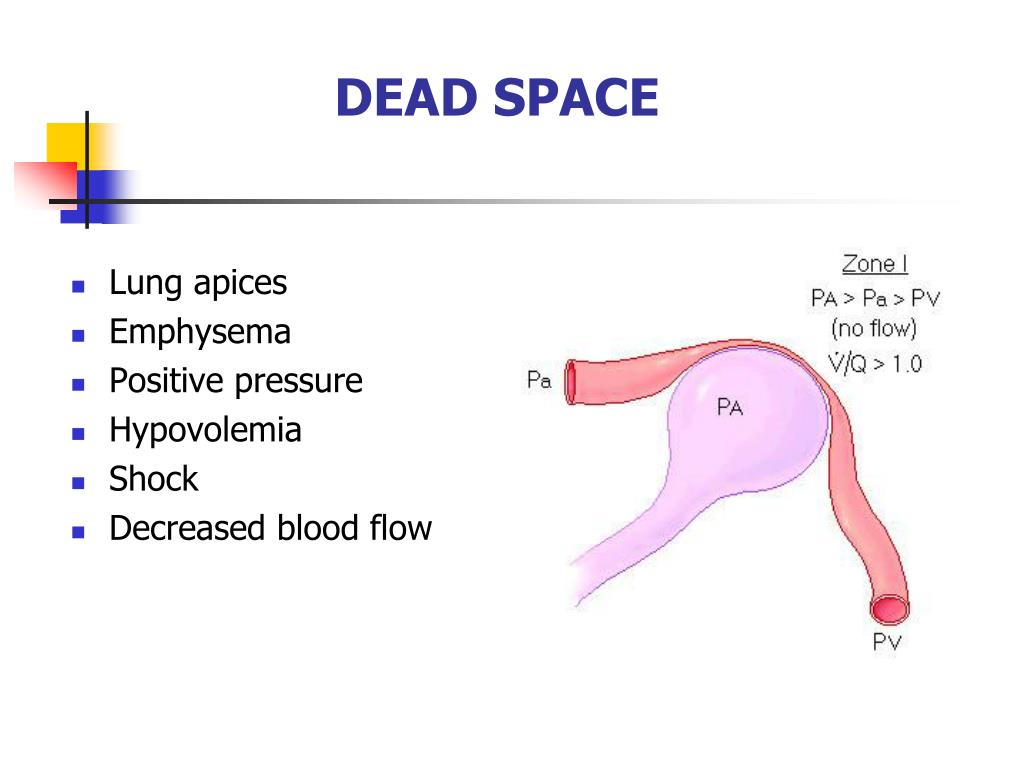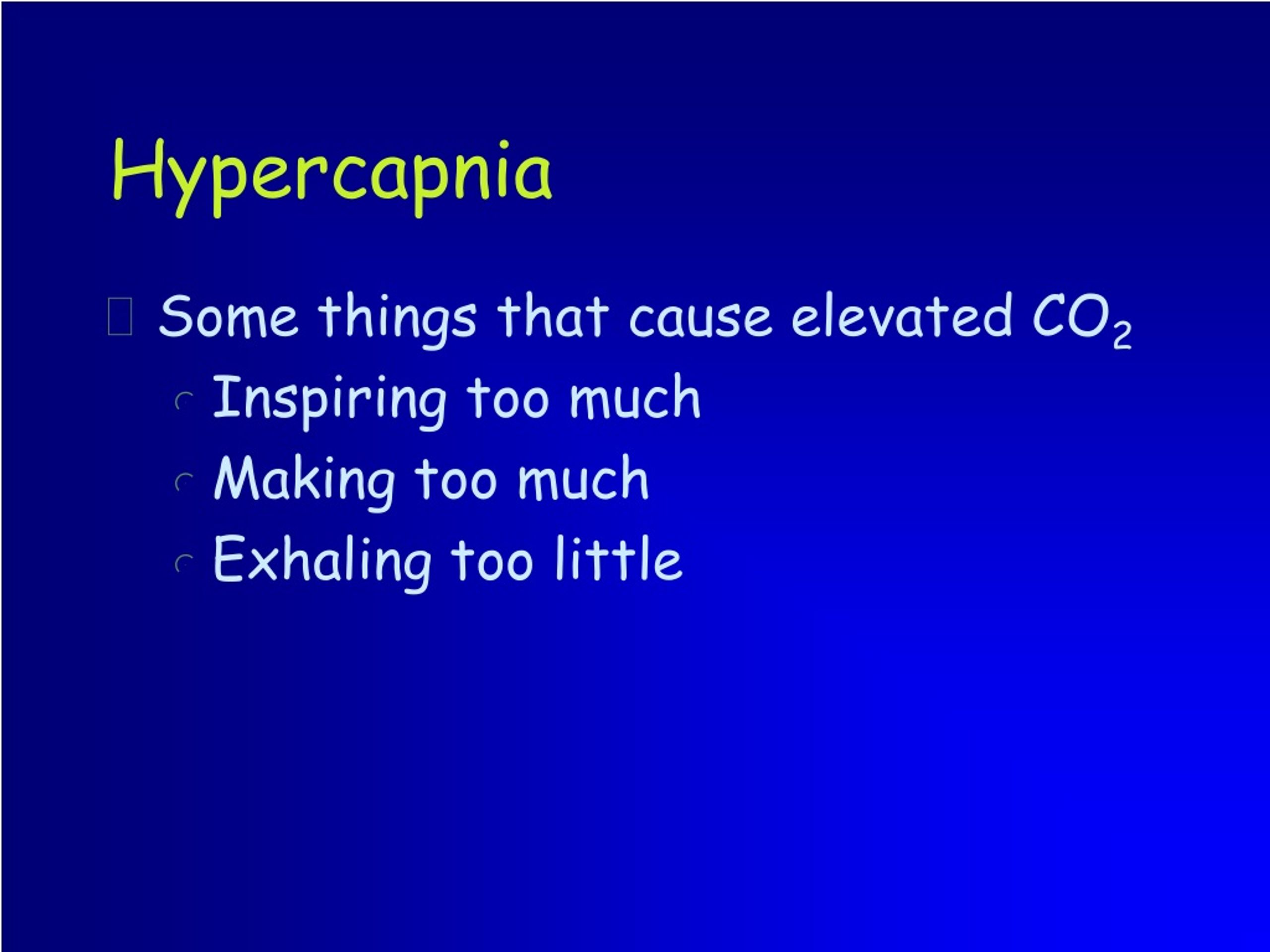

This is usually seen in patients with an increased work of breathing due to airflow obstruction or decreased respiratory system compliance, with decreased respiratory muscle power due to neuromuscular disease, or with central respiratory failure and decreased respiratory drive. Type 1 (Hypoxemic ) - PO 2 50 mmHg (if not a chronic CO 2 retainer).The pulmonary system is no longer able to meet the metabolic demands of the body with respect to oxygenation of the blood and/or CO 2 elimination. The loss of the ability to ventilate adequately or to provide sufficient oxygen to the blood and systemic organs. Describe the appropriate management of hypercapnic respiratory failure.List the differential diagnosis for an exacerbation of COPD.Discuss the role of oxygen therapy in the treatment of hypercapnic respiratory failure.Describe the pathophysiology of hypercapnic respiratory failure, and list the physiologic causes of hypercapnia.Describe the appropriate management of hypoxemic respiratory failure.Describe the pathophysiology of hypoxemic respiratory failure, list the 6 causes of hypoxemia, and write the alveolar-arterial gas equation.


These actions must be based on a sound knowledge of respiratory physiology, pathology, pathophysiology, and pharmacology. Given a critically ill patient, the resident must be able to determine the presence or absence of respiratory failure, provide for its emergency support, and have a plan of action to subsequently investigate and manage the problem.


 0 kommentar(er)
0 kommentar(er)
